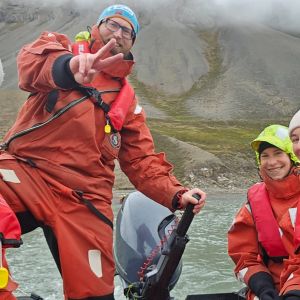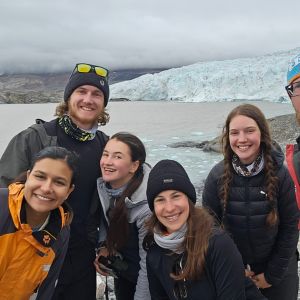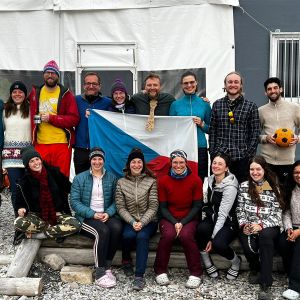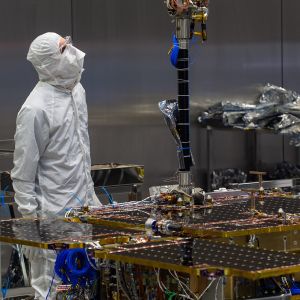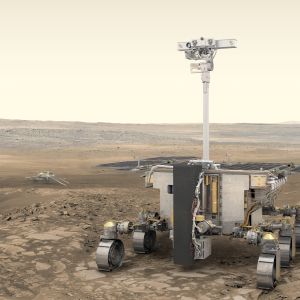A student of the University of South Bohemia will search for life on Mars
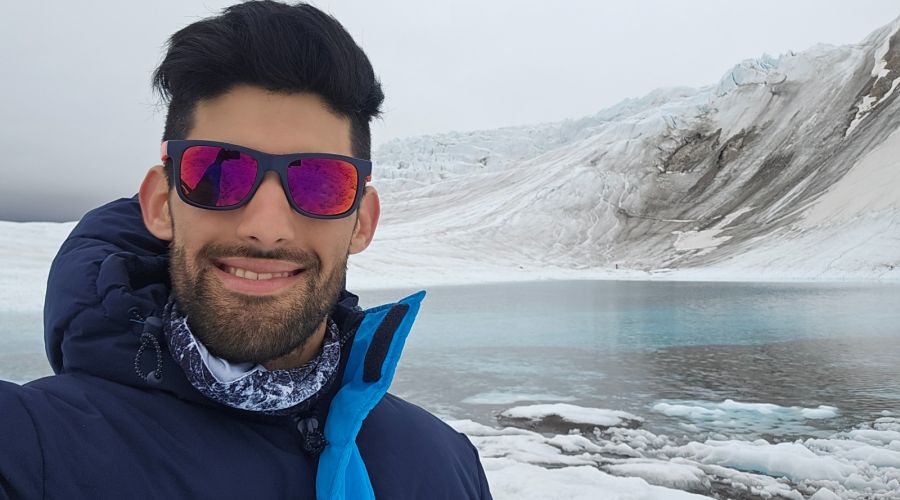
He is a student of the Biological Chemistry program at the Faculty of Science of the University of South Bohemia. As a researcher, he mainly focuses on mapping. He himself says that without participating in the Polar Ecology course at the Czech Arctic Research Station of the University of South Bohemia in Svalbard, he would never have made it into the European Space Agency (ESA) project. Argentinean Lucas Fernandez has already moved to the Netherlands, where he is starting his work on the ExoMars mission these days.
He submitted his application to the space project seven months ago. 383 applicants passed the initial ESA selection criteria. From this pool, Lucas Fernandez was selected for the team of researchers whose task will be to analyze images of the Red Planet sent to Earth by orbiting probes. The highlight of the mission is the launch of a rover named after the famous scientist Rosalind Franklin to Mars in 2028. Its task will be to search for signs of past or present life.
“My task in this mission will be to analyze surface data from Mars sent by probes, together with surface data obtained by NASA’s Curiosity and Perseverance rovers. The goal is to identify the most promising areas for searching for life and to evaluate potential hazards that the Rosalind Franklin rover might encounter,” explains Lucas Fernandez, who, from June 17, 2025, has access to all the necessary systems and data of the European Space Agency at its ESTEC (European Space Research and Technology Centre) headquarters near Amsterdam.
The international team working on the mission is huge. It includes geologists, mineralogists, IT experts, and technical engineers. Lucas Fernandez will be working on mapping the rover’s landing area with two other colleagues. They will also use images to determine what types of rocks and minerals are in the area. The Rosalind Franklin rover will be equipped with a drill capable of reaching up to two meters below the surface. Scientists are almost certain that, due to strong UV radiation, there is no life on the surface of Mars. However, using the rover, they want to investigate if something could survive just one meter below the surface of the Red Planet.
“Our team is basically divided into two groups. One part believes that life once existed on Mars, but not anymore, and the other – to which I belong – thinks that it is still there. This is because we have certain signals, but not enough evidence. We are scientists; we need strong proof. And that is exactly the goal of this mission. Essentially, to find life, whether it’s from the past or still present today,” adds Lucas Fernandez, who openly says that the course he took at the University of South Bohemia’s research station in Svalbard, in the group led by the head of the Centre for Polar Ecology, Jiří Bárta, significantly helped him get into the ESA program. For example, in polar conditions, they collected drill cores for subsequent analysis. This is exactly the kind of work the rover will be doing on Mars.
“Fieldwork in extreme conditions similar to those on Mars, combined with the analysis of satellite images, was exactly what the space agency was looking for. Not all universities have a Centre for Polar Ecology. Having it at the University of South Bohemia is a great privilege and a unique opportunity. There are a number of people here who are at least partially involved in astrobiology as well. And they work in areas that are actually quite similar to Mars,” describes Lucas Fernandez, outlining his path to international success in this prestigious project.
“The Centre for Polar Ecology has been studying organisms living in the extreme conditions of the Arctic for almost 20 years. Thanks to our research station, we have joined the network of international institutions offering this unique opportunity in the Czech Republic. As part of the ‘Polar Ecology’ course, the practical part of which takes place in Svalbard, we educate future experts in botany, zoology, and microbiology. During our polar expedition, I was Lucas’s mentor. His main role in the project was as a ‘data manager’ responsible for the precise collection of data. He designed and implemented an innovative approach, which, in my opinion, is the most significant contribution to his current work at ESA – he created a method for comparing field measurements with data from satellite images to determine the relationship between soil properties and the measurement of albedo - surface reflectivity,” explains Jiří Bárta, head of the Centre for Polar Ecology at the Faculty of Science, University of South Bohemia in České Budějovice.
Work on the Rosalind Franklin rover, which is due to head to Mars in 2028, is being completed by the ESA international team and should be finished this year. The rover will be launched to the Red Planet by a rocket, most likely built by a private investor. A landing module is also under construction.
